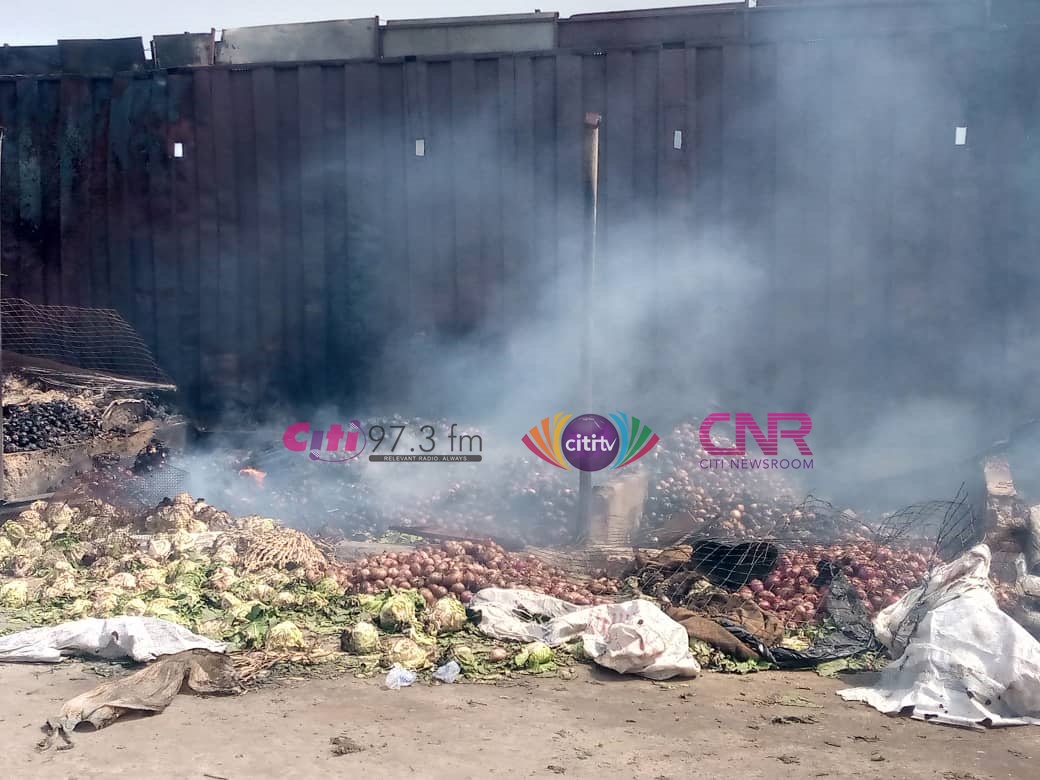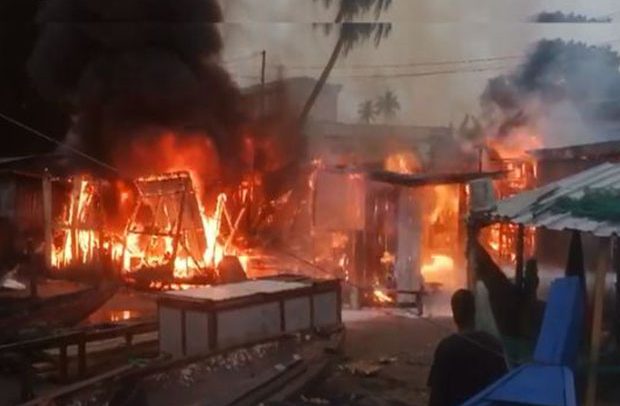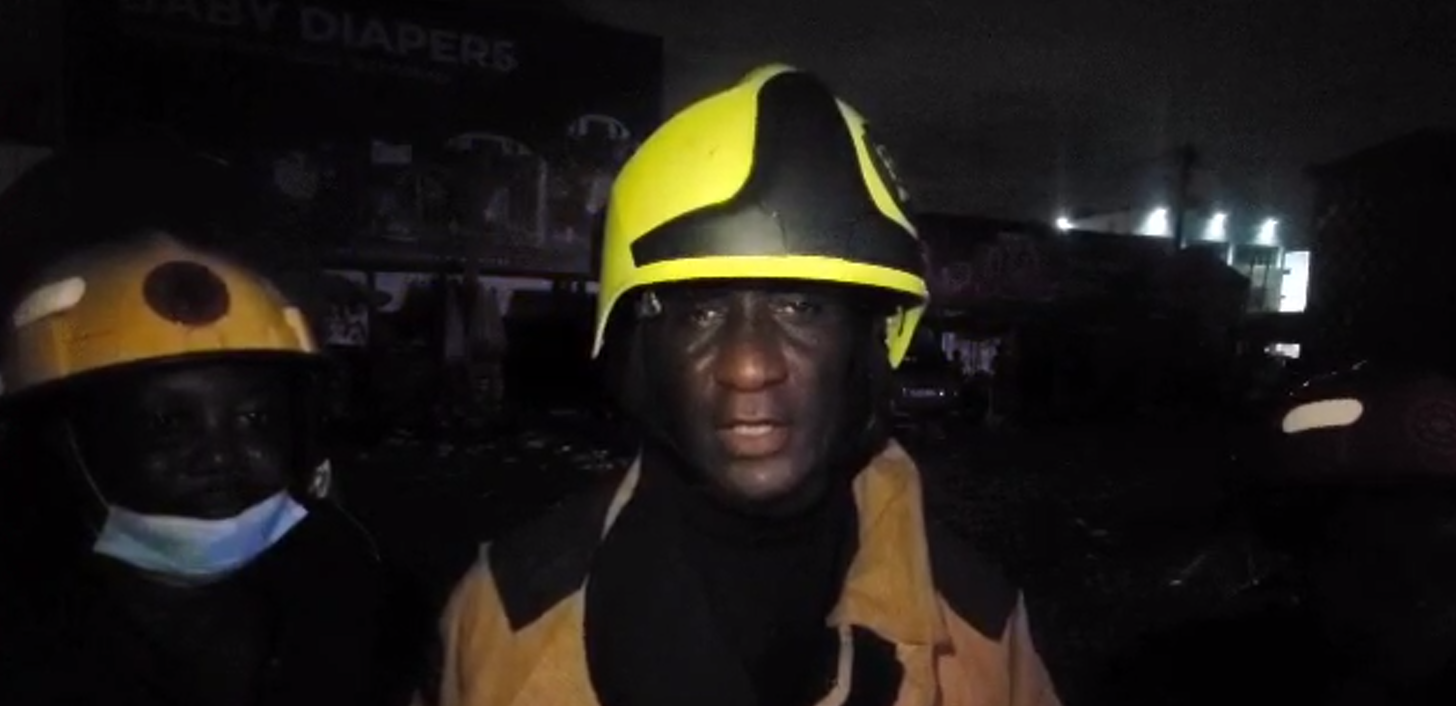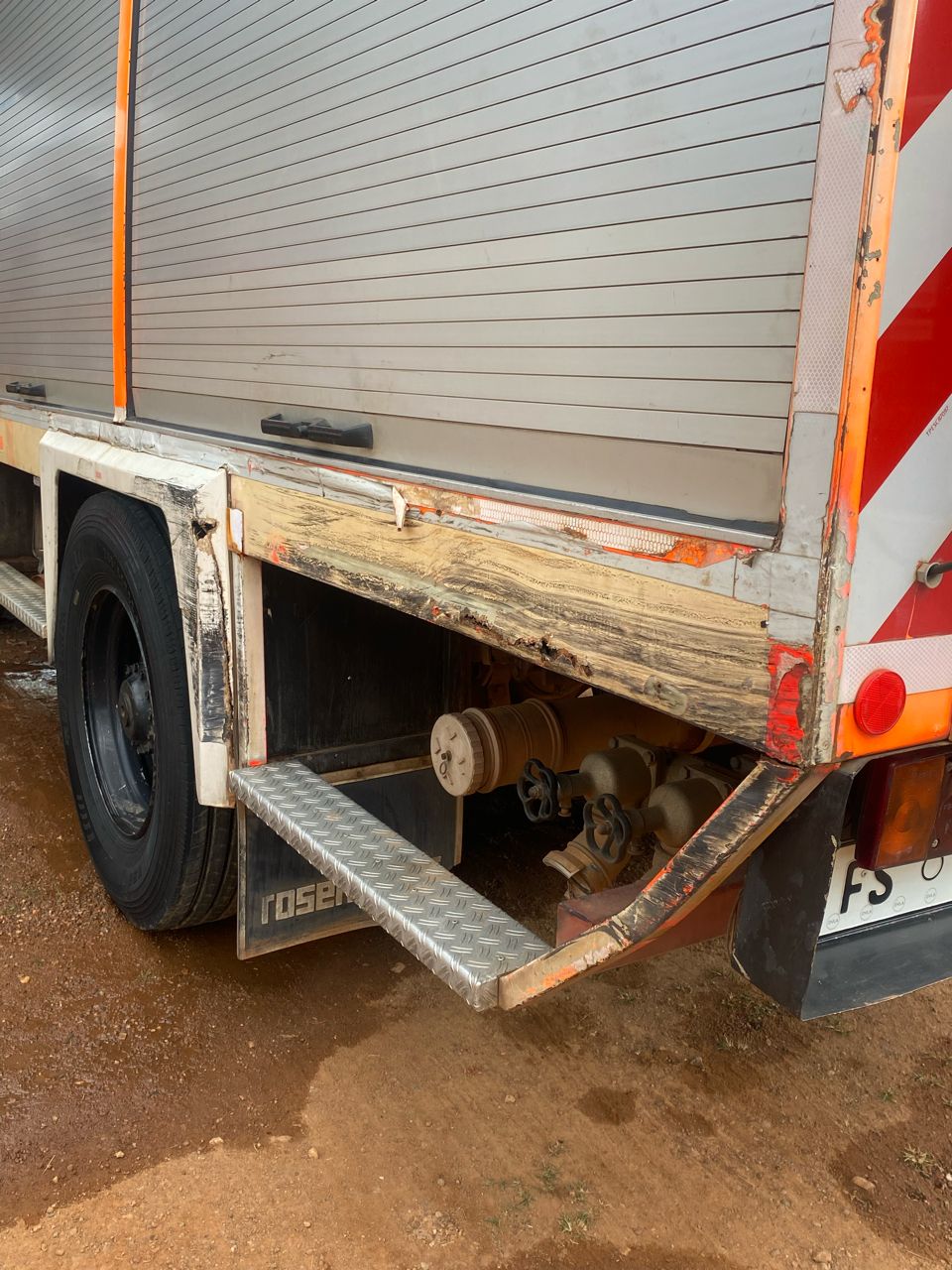
Traders at the Kwadaso Wood Market in Kumasi are reeling from their losses after fire swept through the market, destroying numerous properties. This devastating inferno marks the second incident within two weeks, following a similar fire that occurred on 4th January 2025 at one of Ashanti Region’s largest wood markets.
The fire reportedly broke out in the early hours of Sunday, but its cause is yet to be determined.
It ravaged the main sawmill and destroyed essential equipment, along with logs of wood valued at thousands of cedis. Local residents who attempted to extinguish the blaze were overwhelmed by its intensity.
In the span of just three weeks, the country has witnessed a disturbing spate of market fires, leaving a trail of destruction and despair. The fire devastation began at Accra’s Kantamanto Market, displacing hundreds of traders.
Days later, the Techiman Central Market was engulfed in flames, destroying hundreds of shops and leaving traders in despair. Before the shock could subside, the Kwadaso Wood Market in Kumasi suffered two separate fire outbreaks within two weeks.
These fires have highlighted the vulnerabilities of our markets and the need for urgent and comprehensive action.
Some markets in the country operate with outdated or poorly installed electrical systems, where overloaded circuits and substandard wiring pose a constant fire hazard.
These issues are even exacerbated by overcrowding, a common feature of Ghanaian markets. Over the years, markets have expanded haphazardly to accommodate more traders, resulting in congested spaces with little room for movement or emergency access.
What we tend to forget is that in such environments, a single spark from a faulty connection can quickly escalate into an uncontrollable inferno.
Beyond electrical hazards, there are many unsafe practices contribute significantly to the problem. Markets are often hubs of diverse activities, including cooking, welding and other operations involving open flames.
These activities, when conducted without proper supervision or adherence to safety standards, increase the risk of fires. Unfortunately, many markets also lack basic fire prevention infrastructure such as extinguishers, smoke detectors, and hydrants, making it difficult to contain fires when they occur.
Adding to these challenges is the slow response of firefighting services, often due to the distance between markets and fire stations, as well as logistical issues like inadequate water supply.
Over time, these markets have expanded in a disorderly fashion, with little regard for safety protocols or infrastructure needs.
The lack of proper planning has created environments that are not only prone to fires but also difficult to manage in emergencies.
Market fires are not inevitable but they are preventable tragedies that demand urgent and decisive action. We cannot afford to treat these incidents as isolated events. Instead, they must be seen as symptoms of deeper systemic failures that require comprehensive solutions.
The traders at Kantamanto have started rebuilding their shops and stalls and The Chronicle would like to ask whether we are not repeating mistakes of the past.We expect government intervention in the new Kantamanto Market which should be properly planned with upgraded electrical systems, fire prevention infrastructure such as extinguishers, smoke detectors,and strategically placed hydrants.
These tools are essential for containing fires in their early stages and preventing them from spreading uncontrollably. The design of the market should also incorporate wider pathways and designated emergency exits to facilitate the quick evacuation of people and the efficient entry of firefighting personnel during emergencies.
More so, educating traders and market managers about fire safety is equally important. Training sessions should be conducted regularly to teach traders how to use fire extinguishers, recognise fire hazards and respond appropriately in case of an emergency.
The rebuilding of Kantamanto is not just a construction project but an opportunity to rethink and reform how markets are designed and managed, setting a standard for safety across the country. Lessons should be also taken from the Kaneshie Market because it’s one of the markets that we hardly hear of fire outbreak due to its rigid planning.
The post Editorial: Fire Outbreak At Markets Should Be A Cause For Concern appeared first on The Ghanaian Chronicle.
Read Full Story










Facebook
Twitter
Pinterest
Instagram
Google+
YouTube
LinkedIn
RSS